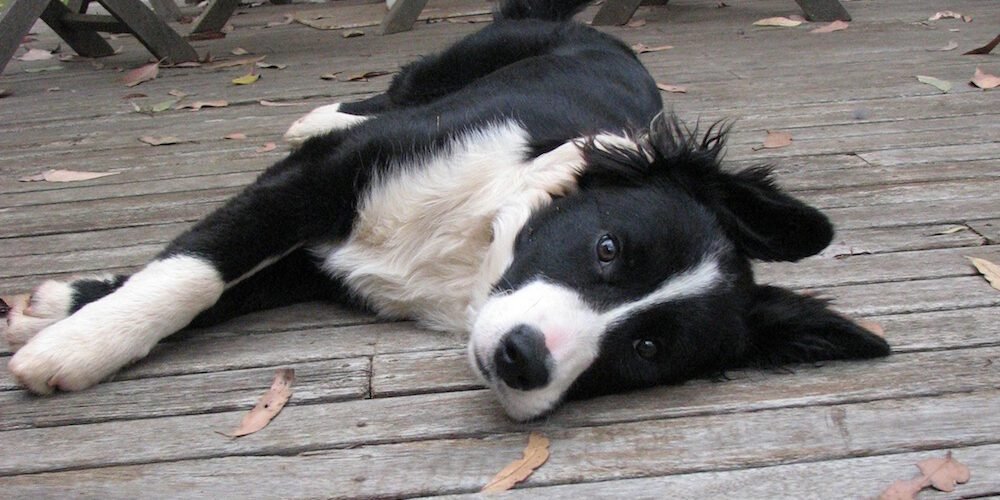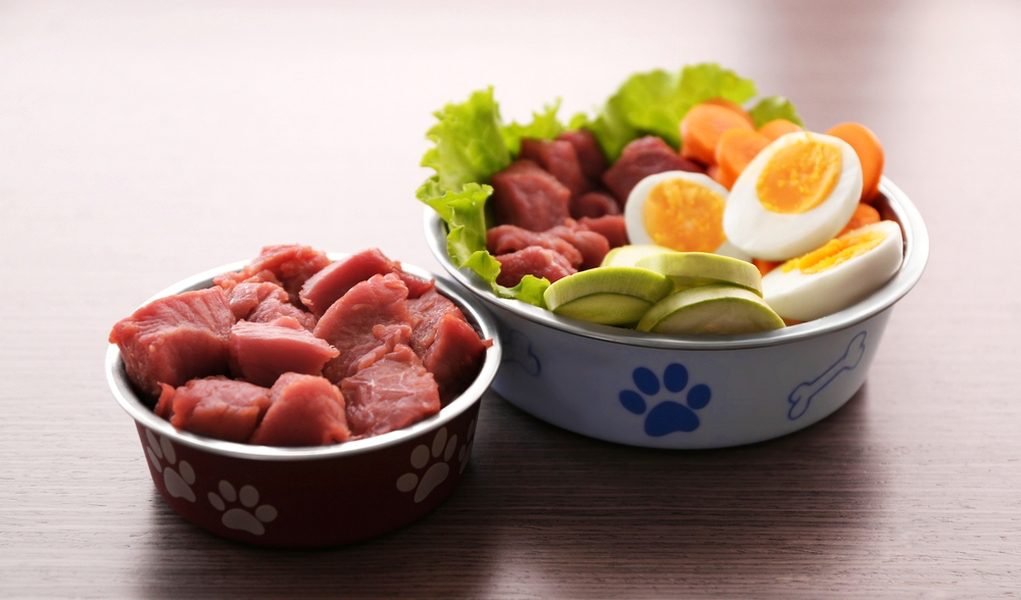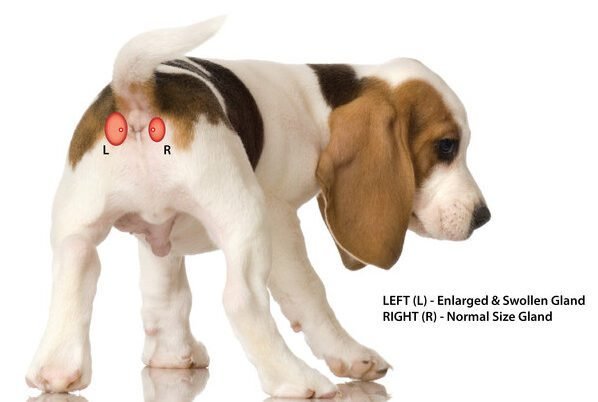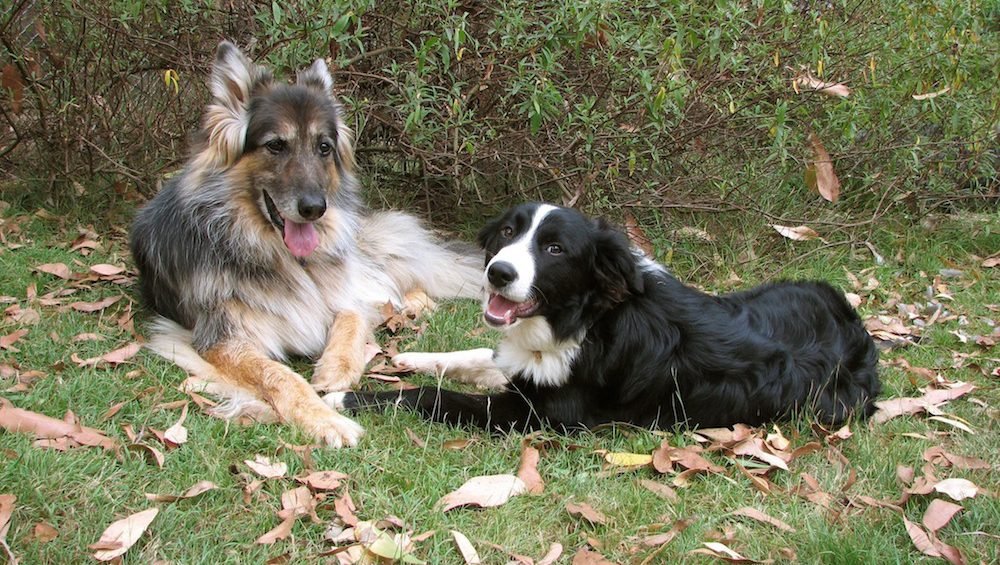Muscle atrophy is a medical condition when the mass of muscles deteriorates, resulting in muscle tissue loss, often in localised areas while at other times affects multiple areas. Signs of muscle atrophy in dogs include depression, lethargy, paw dragging, weakness, lameness, and noticeably thinning muscles. Canine muscle atrophy is commonly seen in older dogs or those who have suffered injury …
Intestinal Worms
Worms are internal parasites that live within the intestines. There are several types of worms – Hookworm, Tapeworm, Whipworm and the most common, Roundworm. Possible signs that your dog has worms include: weight loss, always hungry, bloated abdomen, dull coat, pale gums, diarrhea or vomiting. Roundworm often infest young puppies. They are similar looking to spaghetti, but wiggle, are off-white …
Healthy Meats for Dogs
Choosing a healthy food for your dog can be time consuming, but first stop should be to consider the main component – meat. As discretionary carnivores dogs don’t strictly need meat to survive but they do thrive best on a high-meat diet. and not all meat protein sources are the same, they range in both nutritional content and digestibility – …
Fruits for your Dog
Unlike Cats, Dogs are omnivores which means they can benefit from having fruits and veggies in their diet. Even wolves eat plant-matter in their diets. But this doesn’t mean that every fruit or vegetable is good for your dog. It is important to know what is safe or what could be harmful. Remembering to take into accountant your dog’s size, …
Anal Gland Disease
A subject not for the faint hearted! Anal Gland disease is a common and distressing condition in pets and is one of the common causes of ‘scooting’ behaviour – where a dog or cat drags its bottom along the carpet, Anal glands are two small glands located on either side of the dogs (and cats) rectal opening at roughly the …
Stressing out your Dog
Dogs can get stressed just as easily as us humans, and often, we are the cause of that stress. Knowing how we affect our dog can help us to have a better relationship with them. A dog with less stress in their life will be a happier, healthier dog, and much less likely to do part-take in any unwanted behaviours. …
Safe Chews for Puppies
Regardless of the breed of your new puppy, one thing is certain – they’re going to chew! Puppies use their mouths to learn about the world around them, starting from when they are newborn. They use their mouths in the same way a toddler uses his hands: to explore. As they get older, the urge to chew comes from teething …
A Natural Diet for Cats
Fish would not be a natural food source for cats – do you know a cat that likes to swim? The Cat family has closely evolved alongside their canine equivalent – dogs, but unlike dogs that can stay alive on a vegetation diet, cats must have meat in their nutritional regime to survive. Their unique dietary requirements means cats need …
Raw Food Diet
If your dog is not as active, bright or happy as it should be – change their diet! Cats and dogs have been evolving on this planet for 40 million years, eating raw food. Their mouths, teeth, stomach, intestines, organs and enzymes are all evolved to masticate process, digest and absorb the breakdown products of raw food. A simple understanding …









